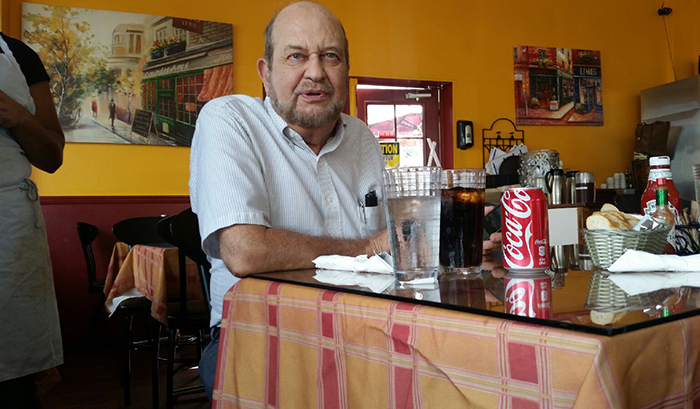In the hullabaloo over Republican President-elect Donald Trump’s surprise election victory, it was easy to miss the fact that in the preliminary vote count, the winner was Democrat Hillary Clinton – by a margin of over 600,000 votes.
Her plurality came mostly from California, where Mrs. Clinton won by more than 2.7 million votes – exponentially more than the leads Mr. Trump eked out in places like Florida, Michigan, Wisconsin and Pennsylvania, combined.
It quickly became clear that a vote in California was worth a whole bunch less than one in dozens of other states. This was because of the Electoral College, an antiquated relic of the epic four-year political battle that ended when the Constitution was fully ratified in 1791.
The college gives tiny (in population) states like Montana, Vermont and Alaska a minimum of three electoral votes, cheapening votes in larger states, as if some Americans are more American than others. It flies in the face of the one person, one vote principle established more than 55 years ago by the U.S. Supreme Court. President is the only office affected, and it has happened twice in the last five presidential elections: George W. Bush won in 2000 despite losing the popular vote by more than 500,000. It’s happened four times overall, Republicans benefitting every time.
Yes, as President-elect Trump often claimed during the campaign, the system was rigged – in his favor.
States like California, New York and Illinois may never end their inferior electoral status because small states still feel the fears of 225 years ago. They know a one person, one vote system would see presidential candidates ignoring them, caring only about big-population areas with larger troves of votes.
Since a constitutional amendment requires two-thirds majorities in both the Senate and the House of Representatives, plus ratification by 38 states, the idea of ending the Electoral College never has flown.
What if small states blocking this shift to full equality were to feel threatened? Enter the California sovereignty movement, often called Calexit, that’s had a sudden burst of interest since Mr. Trump’s triumph.
Quitting Time
The rest of America might take notice if it suddenly became plausible for California to leave the United States, taking 12 percent of the populace with it and imposing high tariffs on all its myriad products, from movies and TV shows to computers, smartphones, cars and car parts, plus airplane components, not to mention agricultural products from cotton to almonds, rice and peaches. That could alter the longtime “anywhere but California” attitude in Congress, the main reason less than 80 cents of every dollar Californians pay in federal taxes comes back to the state.
How serious is the sovereign California movement? Its nominal leader, Louis Marinelli, an English-as-a-second- language teacher from San Diego who is now teaching English for a few months in Russia, says he fielded more than 4,000 messages in the eight hours after Mr. Trump’s victory.
On Election Night, venture capitalist Shervin Pishavar – an original investor in companies like Uber, Airbnb and Hyperloop One, tweeted that “If Trump wins, I am announcing a legitimate campaign for California to become its own nation.” The hyper-wealthy investor did not return queries asking if he’s serious, but fellow plutocrat Dave Morin, who reportedly rejected a $100 million offer for his relatively new social network Path, tweeted back that “I’m in and will partner with you on it.”
Mr. Marinelli, whose Sovereign California group has changed its name to Yes California, loved this. “Whoever can push a movement to have us be an independent country, we’ll be with them,” he said. Mr. Marinelli last year submitted nine versions of a ballot initiative advocating secession from the Union, but pulled them back, saying he would concentrate on a 2018 effort. That year, he wants to run an initiative demanding a special election in 2019 to consider secession.
The USA, of course, has no procedure for secession and no one has tried to leave since the Civil War.
But a serious movement here might provide the leverage needed to get smaller states to accede in changing the patently unfair Electoral College.
All this may seem far-fetched, but so was the idea that yet another president could be elected with far less than a popular vote majority.
Mr. Elias may be contacted at tdelias@aol.com. His book, “The Burzynski Breakthrough: The Most Promising Cancer Treatment and the Government’s Campaign to Squelch It,” is now available in a soft cover fourth edition. For more Elias columns, go to www.californiafocus.net








